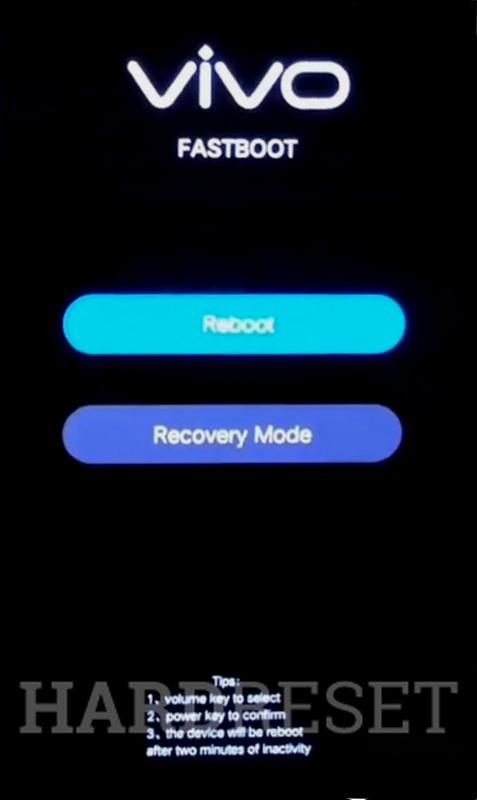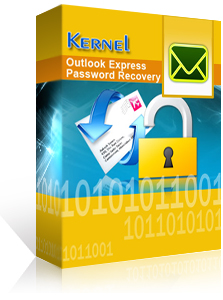

Leave FamilyĪfter you leave your current family, you can create your own family or join another one. If the family member has signed in to PlayStation™Network before, you can view information such as their sign-in ID.

View a family member’s account information. Select (Settings) >, and then follow the on-screen instructions to enter your sign-in information. This setting is available only when a family member who has never signed in to PlayStation™Network is selected. When you delete a user profile, data managed by that user on your PS4™ system such as saved data, screenshots, and video clips are also deleted. This setting is available only when a child family member who has never signed in to PlayStation™Network is selected. You can give permission to your child to access PlayStation™Network.Įven if you select at first, you can change this setting to before your child signs in to PlayStation™Network for the first time. This setting is available only when a child family member is selected.
#Display master 4 password password
Reset PasswordĬhange the password your child uses to sign in to PlayStation™Network.

Parental Controlsīesides the family manager, parents or guardians can also manage parental controls settings. This setting is available only when an adult family member is selected. Removing a family member who is a parent or guardian also removes their ability to set parental controls. Select an adult family member that you want to appoint, and then select the checkbox for. Select, and then send a family request to another player or create a new user. When you receive a family request, select the family you want to join from. You need a family request from the family manager to join an existing family. You can add members to your family in either of the following ways. Select or, and then follow the on-screen instructions to add family members. Children cannot be removed from the family they are added to, so be sure that the adult who creates a child’s user account intends to be the family manager. Children are automatically added to the family of the adult who creates their user accounts.A user can be in only one family at a time.Save the content of the script as DecryptConnString.ps1.$connString = $connString -ireplace 'password="?(+)"?', "password=`"$password`"" It happens a lot that the original DVR’s password was never. Trying to use the DVR’s default password is the first thing for a H.264 DVR reset password recovery procedure. Remove the battery to reset the password 4.
#Display master 4 password generator
If ($connString -inotmatch 'password="?(+)"?') Use H.264 DVR master password generator 3. $servers = $document.SelectNodes("//rs:RegisteredServer", $nsm) Throw "The file does not contain encrypted passwords." If ($attr -ne '' -and $Operation -ieq 'Decrypt') $nsm = New-Object '' ($document.NameTable) Return ::Unicode.GetString(::Unprotect(::FromBase64String($base64String), $null, ::CurrentUser)) Now go to Main Menu -> View -> Registered Servers, you will see the server you just registered, now right click on it and Click Tasks -> Export, specify a file name and uncheck "Do not include user name and passwords in export file", theĮxported server will have an extension like: ".regsrvr" now by using the following script you will see the connection string decrypted: param(įunction Unprotect-String( $base64String) Go to Microsoft SQL Server Management Studio, right click on any of the server that you have already connected, click "Register" and select the server, password should be populated already if you have this server saved password. Assuming you are running SQL 2008 of later


 0 kommentar(er)
0 kommentar(er)
